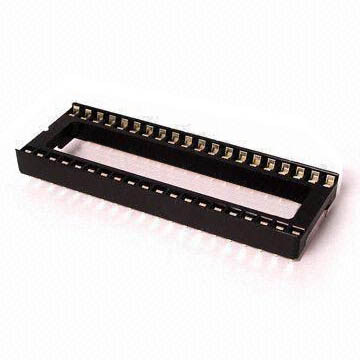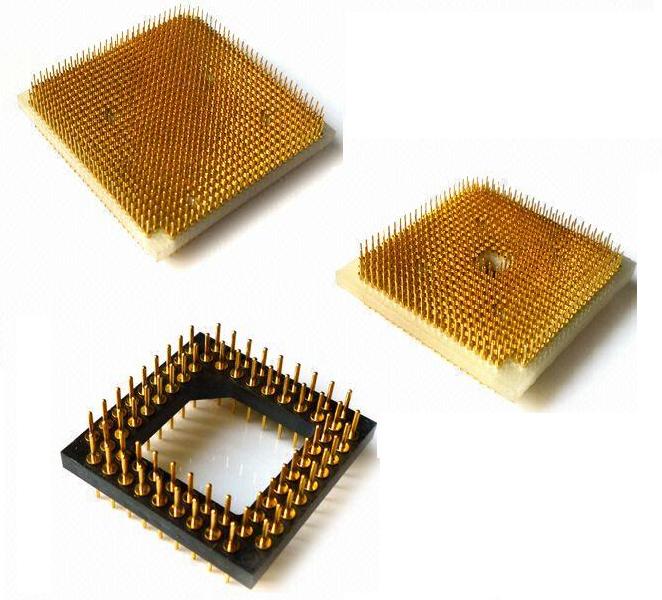Taiwan LED trend: marching towards lighting and Japanese business competition
At the Taipei International Optoelectronic Week Exhibition, there is another reason why the LED lighting display has received much attention. That is, Taiwan also regarded energy saving and energy conservation as a major task in 2012. Taiwan’s only power company, Taiwan Power, announced in the spring of 2012 that it will raise the price of residential electricity by nearly 20% in stages, and raise the price of industrial electricity by more than 30%. This news shocked Taiwan’s industry.
One of the reasons for the increase in electricity tariffs is the delay in the construction of nuclear power plants. Units 1 to 2 of the "Longmen (fourth) nuclear power plant" near Taiwan's Taipei City are scheduled to begin commercial operation from 2011 to 2012, but were put on hold due to fire accidents and nuclear accidents in Japan. Moreover, the No. 3 to No. 4 units under construction have also found errors in engineering construction, and there is still no eyebrows. Taiwan Electric Power’s accumulated losses have increased in recent years, and the expectation of increasing nuclear power has fallen into a situation of being forced to substantially increase electricity prices.
The price increase of Taiwan's electricity bill is scheduled to increase the price of electricity in three stages. First, on June 10, 2012, the first round of price increases was implemented. The third round of price increases will be implemented on December 10, 2012 and after the second round and after 2013. According to this situation, "TSMC has also significantly increased the order for energy-saving manufacturing equipment" (a Japanese semiconductor manufacturing equipment manufacturer). Consumer interest in LED lighting, which is expected to save energy, seems to be increasing. Taiwan's electricity price is only about one-half of that of Japan, and industrial electricity is about 6 yen/kWh. After three price increases, it is estimated to be about 8-9 yen/kWh, which is still cheaper than Japan.
Whether to enter the Japanese market is "undetermined"
Taiwan's LED manufacturers, which indicated that they will vigorously develop LED lighting business, regard the mainland as their main target market. Everlight Electronics said, "In terms of LED lighting products, although we also sell to North American and European markets, the largest market is mainland China." According to the company, its competitors are Seoul Semiconductor, Korea's rival company, Lumen-Max, and mainland companies engaged in the same LED packaging business.
Everlight Electronics is slightly cautious about entering the Japanese market. “The competition in the Japanese LED lighting market is the fiercest. There are many strong competitors such as Alice Oyema and Panasonic. Our products have technological advantages, but price competition is the biggest bottleneck. Whether to enter the Japanese market is still under consideration. Not yet determined" (Yiguang Electronics). Simings Optoelectronics has also shown cautious attitudes in entering the Japanese market.
PIDA's market forecast report also shows that the market share of Taiwanese and Japanese manufacturers will be reversed in 2012, and Japan is expected to be slightly higher than Taiwan. It seems that the situation is slightly different from that of LCD panels that are exceeded by Taiwanese manufacturers.
However, the actual situation is that the shadow of these Japanese LED lighting manufacturers is hardly seen in Taiwan. The hesitation of overseas manufacturers in the Japanese market is very similar to the LCD TV business a few years ago.
Once a company with a higher share in the mainland market emerges, it will be in a dominant position in price competition, and then it is very likely to turn the target to the Japanese market. It is estimated that overseas manufacturers will not be too cautious about entering the Japanese market.
There is another market that broke the boundaries of the region. That is the LED chip market. Companies such as Cree, Nichia Chemical, Toyota Synthetic, and Epistar, which have a capital relationship with Everlight Electronics, are competing fiercely around the world. In terms of technology, chip optoelectronics is chasing after Cree and Nichia's chemical industry. "Although the luminous efficiency at high currents can't keep up with companies such as Cree, in the field of low current products, our COB and optoelectronic COBs have high efficiency. Moreover, our manufacturing cost is 30% lower. This is our advantage." (Yiguang Electronics).
At the 2012 Taipei International Optoelectronics Week, well-known LED chip manufacturers such as Cree, Nichia Chemical Industry, Taiwan Chip Optoelectronics, Seoul Semiconductor of South Korea and Osram Opto Semiconductors of Germany have set up booths.
The efficiency of LED chips is approaching the physical limit. If cost competition begins, it is estimated that Taiwanese manufacturers will become strong competitors of Japanese manufacturers.

What are IC Sockets ?
Most of our everyday electrical devices contain integrated circuits (ICs) or chips which are installed on the printed circuit board (PCB). Most chips are soldered directly onto the board but sometimes they need to be interchangeable, or removed, and this is when an IC Socket is used.
The IC socket fits onto the board and holds the chip, protecting it from heat damage which could be caused by soldering. Programmable chips are a great example where IC sockets are used, allowing removal for testing, programming or replacement due to failure.
IC (Integrated circuit) Sockets
IC Sockets connector is designed to provide a compressive interconnect between component leads and a printed circuit board (PCB). This connector is designed to provide a compressive interconnect between component leads and a printed circuit board (PCB). It simplifies the board design, enables simple reprogramming and expansion and easy repair and replacement, and offers a cost-effective solution without the risk of direct soldering. With a wide range of solutions for land grid array (LGA) and pin grid array (PGA) sockets, this connector features contact tip geometry optimized to reduce risk of contact damage during handling and package installation.
Antenk offer a comprehensive range of DIP, SIP and PGA Sockets to suit most multiple electrical applications.
Types of IC Sockets
DIL /DIP– Dual in-line. These have two parallel rows of pins, available in various numbers to match the relevant IC and are normally very cost effective. A larger socket can be created by placing two smaller ones together, end-to-end, e.g. two 8-pins become 16-pin.
SIL/SIP – Single in-line. This socket has a single line of pins and are frequently used in smaller applications like resistor arrays or boards with short lead pins, such as a desktop computer. There are many different sizes and attributes available.
PGA – Pin Grid Array Sockets. Complex printed circuits are too valuable to risk direct soldering to expensive integrated circuits (ICs). Using a socket is the answer. The use of sockets offers advantages that prove cost effective and simplify board design.
DIMM – Dual In-line Memory Module. Random Access Memory (RAM) can be easily installed in computers or laptops using DIMM sockets. These are important components that help to ensure reliable connectivity. They have two separate rows of electrical contacts or pins on either side. It`s a general rule that the more pins the higher the RAM it supports. There are various pin sizes available.
SIMM – Single In-line Memory Module. These have a single row of pins which connect memory modules to circuit boards. They are space saving and can be installed at predetermined angles with positive polarisation to prevent memory modules from being inserted incorrectly. They are used mainly in older computers dating from the 1980s to late 1990s. Available in various sizes and number of pins.



IC Sockets Connector/Integrated circuit Sockets Typical Applications
In notebook and desktop computers, LGA sockets feature a robust bolster plate for reliable connection to the microprocessor package while limiting PCB bowing during compression.
In servers, our mPGA and PGA sockets -- with custom arrays available in more than 1,000 positions --offer zero insertion force (ZIF) interface to the microprocessor PGA package and attach to the PCB with surface-mount technology (SMT) soldering. Antenk's IC sockets are designed for higher performance CPU processors.
IC Sockets,Ic Socket Connectors,Pin IC Socket,Pin IC Socket Connector,IC Sockets Adapters,IC Sockets & Plugs,Integrated circuit Sockets,IC Sockets and Headers
ShenZhen Antenk Electronics Co,Ltd , https://www.antenk.com